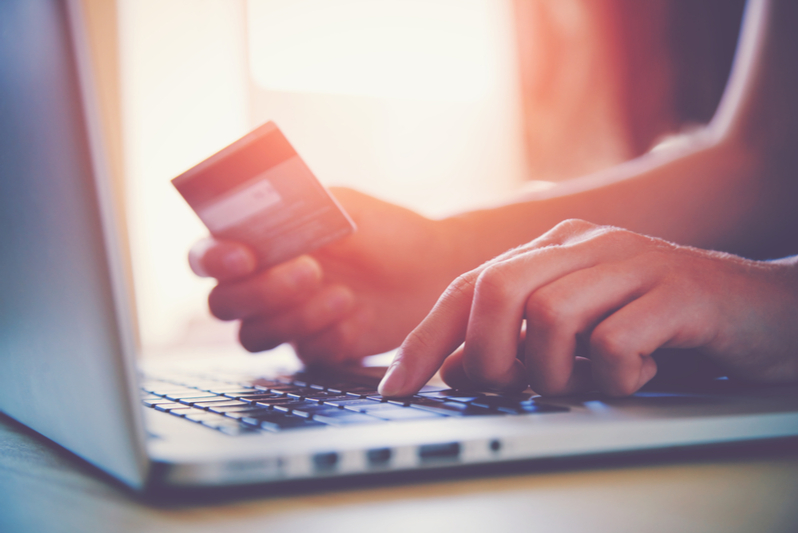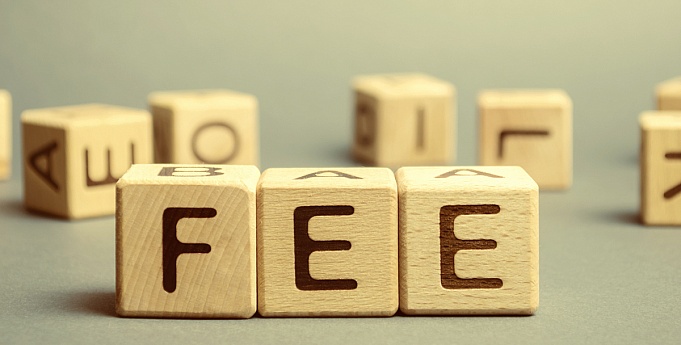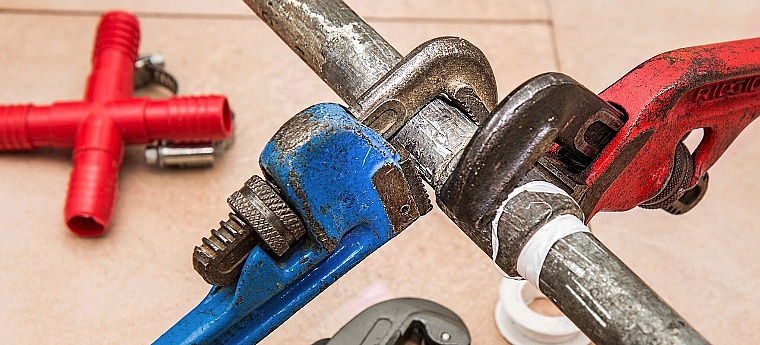How Do Credit Cards Work?
Most people learn about credit cards long before they get to use them. You see them in the movies, on TV, and in real life. As children, it's common to think of a credit card as this magical card that lets you buy whatever you want without cash. Just swipe it, and it's done. Some of us have trouble letting go of this belief even as we reach adulthood. While credit cards may allow you to pay for things and pay taxes without any cash, you'll still end up paying for your purchase when the bill comes at the end of the month. And it's quite easy for a credit cardholder to get deep into debt with this kind of thinking. For this reason, a person must understand exactly how credit cards work and how to use them before he or she gets one.

Different Types of Credit Cards:
Before we discuss how credit cards work, let's first do a quick run-through on the different types of credit cards available. With loans, you get different types such as personal loans, mortgages, auto loans, or personal loans for veterans. Each loan has a specific purpose. Credit cards are similar. There's the standard credit card, which is the most basic. It doesn't have any rewards or perks attached to using the card. Rewards credit cards, on the other hand, offer points, cash back, or travel perks (i.e., free flights, hotel stays). Student credit cards are specifically designed for individuals in college who have little to no credit. International credit cards can be used anywhere in the world. High limit credit cards are those with the highest total amount of money that you can borrow from the provider at any given time. If you're looking for a credit card, it's essential to figure out what you want to do with the card and choose the type that suits your needs best.
How Do Credit Card Payments Work?
To learn how credit cards work, we first need to define what it is. Simply put, a credit card is a plastic card that is issued by a lender. The card comes with a credit limit, which, as we've already mentioned, is the total amount of money you can use on the card. It's similar to a loan amount except that you don't earn the whole amount in cash. You can use as much of the credit provided to you as long as you don't go over the limit.
Let's say you're a credit cardholder. You have an international credit card with a set limit of $1,000. Each time you swipe the card and make a purchase, that limit of $5,000 goes down. For example, you bought $300 worth of groceries. Your available credit then becomes $700, which means you have that much left on your credit card to spend. It also means that you now owe $300 to the credit card company. When you make another purchase, the cost of that purchase is deducted from your available credit, adding on to the amount that you borrowed.
Isn't that just like a loan? No, it isn't. Let's say you got a personal loan for fair credit. You get the entire loan amount in cash, and you're provided loan terms, like monthly payment, length of the loan, and the interest rate. Once you pay off the loan, you're done. With a credit card, you can pay off the money you borrowed (also known as the balance), which makes your credit limit available again. So, let's say you paid the $300 that you used to purchase groceries. That leaves you with a credit limit of $1000 that you can use again. For this reason, credit cards are called revolving accounts. They are accounts that allow you to use the available credit repeatedly as long as the story is open, and payments are being made.
Now that you have an idea of how credit cards work, let's delve a little deeper into payments. The activity on your credit card is divided into billing cycles. A billing cycle is around 28 to 32 days. All charges made on your credit card within a billing cycle will show up on your billing statement at the end of the process. You will be required to pay a small percentage of your total balance at the end of each billing cycle. This is called the minimum payment. You will need to pay this amount on or before the due date. If you pay less than the minimum payment or make your payment after the due date, you will be charged a late fee. If your payment is more than 30 days late, your account will be considered past due, and a late payment notice will be included in your credit report. To get your account in good standing again, you will be required to pay the full minimum payment amount as well as the late fee. This is true for all credit cards; it doesn't matter if you have high-limit credit cards or just the student version of one. They all work the same.
And once you make a payment, that amount will be deducted from your total balance. As we've mentioned before, when your balance goes down, your available credit goes up.
How Does Credit Card Interest Work?
Did you know that if you pay off your balance in full each month, you won't be charged any interest on those charges? Of course, the payment must be made during the grace period.
The grace period ranges from 21 to 25 days from the closing date of your billing cycle to the payment due date. That means that if you pay your bill within that time, you will not incur any interest on the purchases you made the previous billing cycle. In short, you got to borrow money for free, which is why consumers should all be working to make sure that their credit cards are paid in full each month as much as possible.
Here's an example. You used your credit card to pay for a new iPhone on the 6th of the month. Your billing cycle closes on the 7th. Your grace period starts from the 7th until your payment due date. Let's say it's the 28th. If you pay for your purchase in full before the 28th, the credit card company will not charge you interest on that amount.
Take note that cash advances are not included in your grace period unless specified by your credit card issuer. These charges will begin accruing interest as soon as you get the advance.
Let's say that you didn't pay the full balance before the grace period ends. What happens? The credit card company will charge you interest on the remaining balance, which is called a finance charge. To calculate the finance charge, the company will use the annual percentage rate and your outstanding balance. The average interest rate is 19.02%, though this will depend on several factors, such as your credit history, market interest rates, and what kind of credit card you have. While the average interest rate is comparable to the rates provided by personal loans for bad credit, the interest charged to you by the credit card company will fluctuate. Moreover, it's much easier to get more into debt with a credit card compared to a personal loan.
Aside from the interest charged on your current balance, carrying over that balance to the next billing cycle will eliminate your grace period. This means that any changes you make on your credit card will incur finance charges as soon as you make them. For this reason, it is always recommended that you always pay your balance in full.
How to Use Credit Cards: A Smart Game Plan
Credit cards can be incredibly convenient. But if you don't know how to use credit cards properly, it's easy for one to fall deep into debt. As a credit cardholder, it is your responsibility to make sure that this doesn't happen to you. Below are tips on the best ways to utilize your credit card.
#1: Stick to a Budget
It's easy to fool yourself that you have more money than you have when you have a credit card. But if you have a budget and you stick with the plan, it'll help you keep an eye on how much money you can spend and from taking on more debt than you can afford to pay.
#2: Only Use It for Planned Purchases
With a credit card, it's easy to become impulsive and buy what you want and think you need. But that is a slippery slope. It'll be easy enough to end up borrowing more than you can afford to pay. To prevent this from happening, you should only use your credit card for planned purchases. This way, you don't spend more than you make. Also, it may help you be able to save up money to pay off your balance in full. In short, working credit card charges into your money management plan makes sense in some circumstances.
#3: Carry Your Balances Responsibly
Life is full of unexpected expenses. There may be times when you will need to use your credit card and be unable to pay the balance in full. That's fine. But you will need to make sure that you pay more than just the minimum payment each month until you get your balance down to zero.
#4: Know Your Limits
If you aren't sure about your ability to avoid temptation, you might want to think about getting a lower credit limit. This can help keep you from overspending. It's not every day that you'll need a $3,000 limit.
If you don't want to lower your limit just in case of emergencies, you can impose one on yourself. You can give yourself a certain limit, say $500. Once you reach that amount on your card, you take it out of your wallet and put it out of sight. You can earn it back once you've paid your bill in full.


